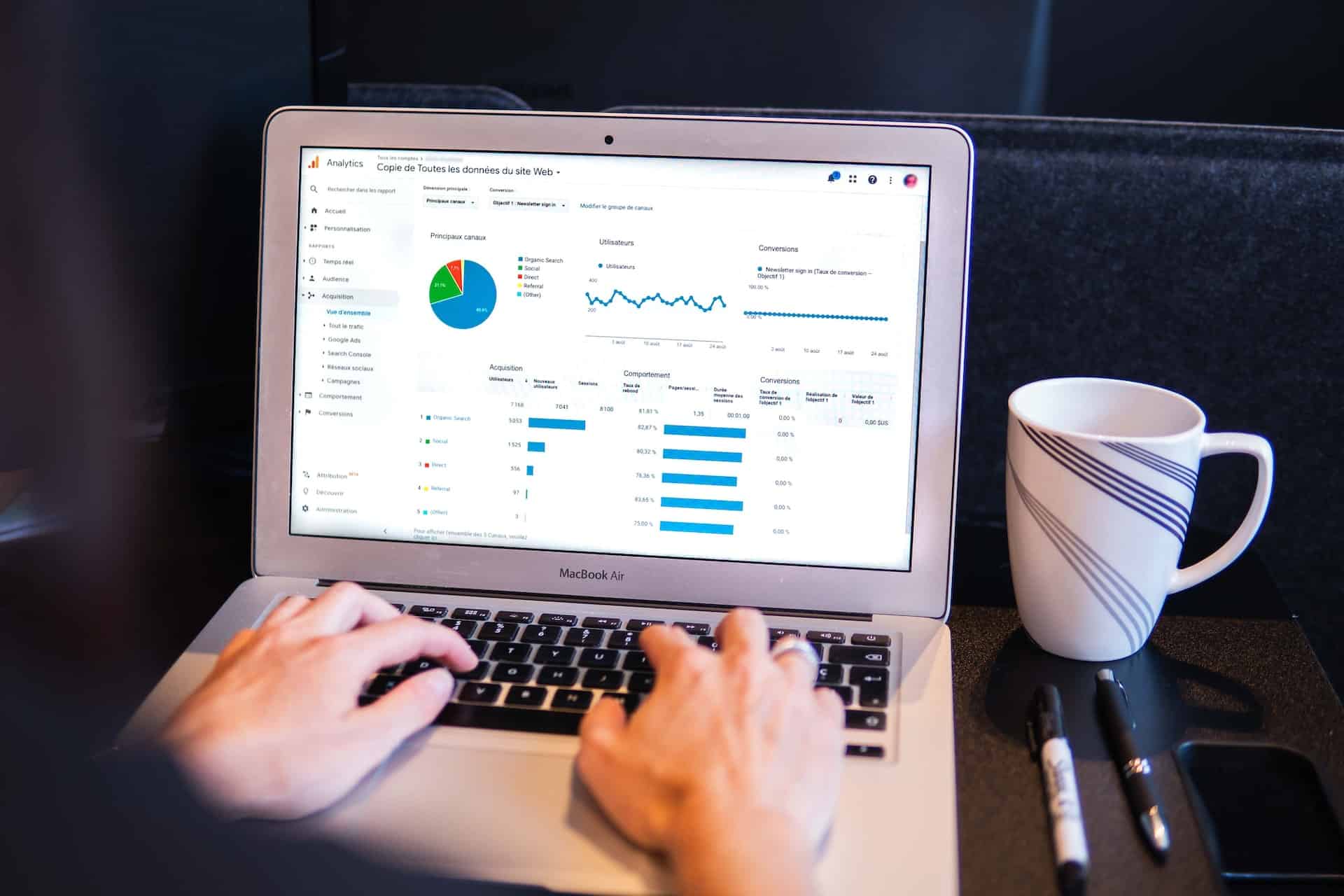If you’re a product company, an organization, or a business owner, you must be aware of the tough competition in the business world. You will find numerous competitors no matter how narrow your business niche is. Every person is constantly trying to make their brand stand out amongst others. Among these efforts, two things serve as the brand’s top selling points: marketing your business well and ensuring satisfactory customer service.
There are numerous ways of marketing your brand such as email marketing, social media marketing, using google ads, and more. Among these, email marketing is one of the most effective forms and is preferred by professionals. However, it’s hard to keep track of the emails you receive or send out, due to which customer responses and concerns are often neglected. To avoid this and gain happy customers, email analytics is the answer.
IMAGE: UNSPLASH
What Are Email Analytics?
Email analytics refers to the metrics used to track and analyze how your customers and subscribers engage with your email marketing campaigns. To fully gauge the turnout and identify areas of improvement in your email marketing, you need to analyze multiple parameters thoroughly.
These parameters include email deliverability, open rate, conversion rate, and unsubscribe rate. Email analytics software can analyze and improve email performance by monitoring these parameters and showing how to achieve the desired goals.
Benefits Of Using Email Analytics Software
The advanced email analytics software has made it much easier to provide exceptional email marketing. Some benefits of using an email analytics software include:
1. Improved Reply Time
Most email analytics software analyzes the total number of unopened emails and the average time it takes to first respond to a mail. It also provides a daily or weekly comparison of all the agents and their average reply times.
Using that comprehensive data, you can pinpoint which areas and agents are slacking in their customer services. Some emails might get skipped or lost in the sea of emails due to human error. An email analytics software helps you improve your reply time by providing day-to-day data on which emails weren’t opened and which ones were answered in due time.
2. Click-Through Rate
Click-through rate (CTR) is the percentage of email recipients who clicked on one or more specific links attached to the mail. Email analytics software provides detailed insights into which link was clicked on more often and which was constantly ignored. You can use this data to improve your customer service ten folds by personalizing it.
For example, the data shows that the average CTR of technology-related links is higher than that of health blogs. This means your targeted audience is more inclined toward learning about technology, so you should add tech-related links to your emails. Adding pertinent links that interest your clients will personalize your emails and improve their authenticity.
3. SLA Goals
Service-level agreement (SLA) is an agreement between the service provider and the customer, describing the deliverables and the metrics by which the effectiveness and quality of services are assessed. Often, a service provider mentions a generalized SLA goal on their website; for instance, promising response on the customer’s email in less than eight hours.
However, a company may not be able to ensure that response time for every email, and it can’t afford to lose the customers’ trust either. An email analytics software incorporates these goals into its algorithms and sets up reminders to avoid any SLA breach. The software also keeps constant tabs on which agents handle the emails within the SLA goal and which don’t.
4. Bounce Rate
An email analytics software tells you which emails have been successfully sent and which ones have bounced back. The software even mentions if it was a soft or hard bounce. A soft bounce is when you cannot send the email to a valid email address for a temporary reason, such as a full inbox. You can fix them by resending the email after some time. A hard bounce is when the email address is invalid or closed. Immediately replace the hard bounces from the contact list. An effective campaign always has low bounce rates, ensuring the maximum number you reach out to is engaging with your content.
5. Email Forwarding Rate
The email forwarding rate tells you how many people shared your email with their contacts. While getting your emails shared does increase your reach. Knowing to whom the emails are being transferred allows you to increase your contact list. These people are most likely to be interested in your product or service. By directly marketing to them, you can make efficient sales.
To further grow your send list, encourage people to share your emails. You can write catchy phrases or add incentives such as promo codes. All these measures will help you gain greater and more worthwhile potential customers.
Endnote
For a business owner or any company, exceptional customer service is one of their top priorities that helps them stand out. However, maintaining good customer service is tough while staying up-to-date with all the new and robust marketing trends. One of the biggest hurdles is keeping track of all the email responses and customer queries. That’s where the email analytics software comes in.
These algorithms help you monitor insights and email activity, providing valuable data in compact form. By using this data to pinpoint improvement areas, you should be able to achieve outstanding customer service.
IMAGE: UNSPLASH
If you are interested in even more technology-related articles and information from us here at Bit Rebels, then we have a lot to choose from.


COMMENTS